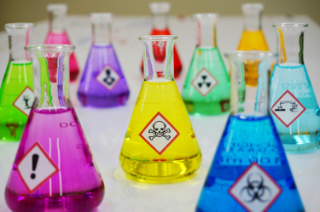
As part of its “one substance, one assessment” approach, the European Commission is planning a centralized, structured database for health-based limit values (HBLVs).
more info
As part of its “one substance, one assessment” approach, the European Commission is planning a centralized, structured database for health-based limit values (HBLVs).
more info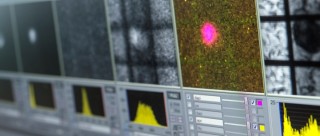
Primary and secondary tumors of the central nervous system (CNS) continue to be associated with an unfavorable prognosis. The aims of this project are, firstly, to define pre-analytical standards for biomarker studies with CSF and, secondly, to develop molecular genetic tests based on panel sequencing, i.e. sequencing of a set of clinically relevant genes.
more info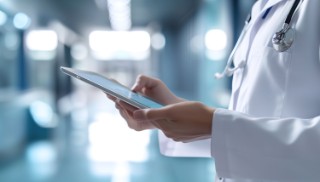
"PrivacyUmbrella" is a research project of the German Federal Ministry of Education and Research (BMBF). In order to account for the particular privacy concerns relating to personal medical data, the objective of this project is to develop highly specialized anonymization solutions based on modern data analysis.
more info
The International Consortium for Anti-Infective Research iCAIR® has set itself the objective of closing the gap between the discovery of new active substances and developing them into usable therapeutics.
more info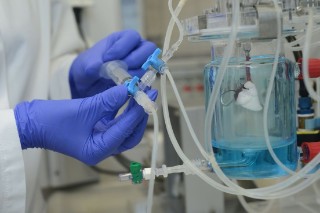
Researchers at Fraunhofer ITEM and the Hannover Medical School MHH have jointly pursued an innovative approach: Together, they have developed an RNA-based active substance to treat human parainfluenza virus (HPIV3) and have also tested it successfully in a preclinical setting.
more info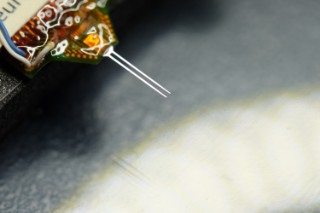
Fraunhofer researchers are developing solutions to ensure the quality and durability of neural implants while accelerating their development and market entry.
more info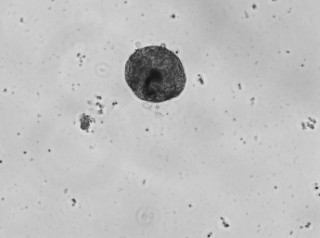
Lung cancer is the most common cause of cancer-related deaths worldwide. A study investigated disseminated cancer cells (DCCs) from lymph nodes of lung cancer patients and their association with later metastases.
more info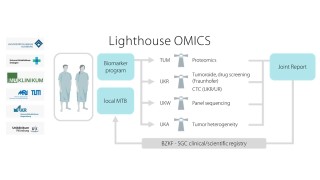
Researchers at the Fraunhofer ITEM site in Regensburg played a vital role in designing and executing a complex biomarker study as part of the Omics/Genomics/Liquid Biopsy lighthouse project by the Bavarian Cancer Research Center (BZKF).
more info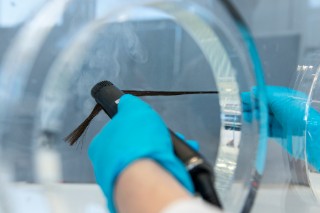
Fraunhofer researchers have been investigating a spray product for room conditioning in hairdressing salons. They have carried out in-vitro inhalation experiments to investigate acute effects on the respiratory tract with a battery of tests using cells from human lungs and the P.R.I.T.® ExpoCube® exposure system.
more info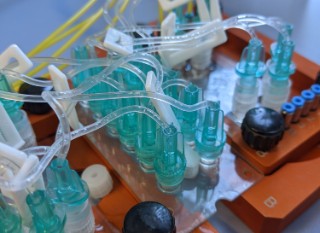
The aim of the MyCellFight project is to develop a fully automated immune chip able to predict the specific immune responses of individuals.
more info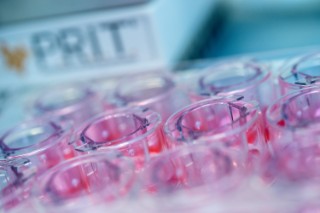
The aim of the 3Rs principle is to avoid animal experiments altogether (replacement), to reduce the number of animals per experiment (reduction) and to keep animal distress to an absolute minimum (refinement).
more info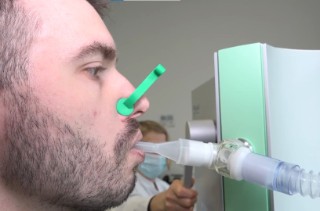
In clinical settings volunteers inhaled bacterial endotoxin to demonstrate the increase in inflammatory cytokines in exhaled particles.
more info
Fraunhofer ITEM is one of four partners in this project that was initiated by the German Centre for Rail Traffic Research (DZSF). We will be contributing to the following project goals, among others.
more info
As part of the Mono4ERA Project, the European Comission conduct a Feasibility study of an active-substance-based review system (“monographs”) and other potential alternatives for the environmental risk assessment of veterinary medicinal products.
more info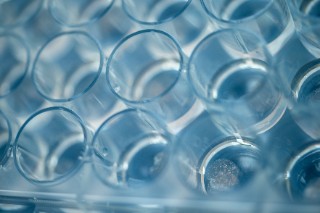
Fraunhofer ITEM is actively involved in the search for new active substances for COVID-19 treatment. For these studies, conducted in cooperation with universities and other institutes, PCLS are prepared from human lung tissue and infected with SARS-CoV-2 in an appropriate laboratory.
more info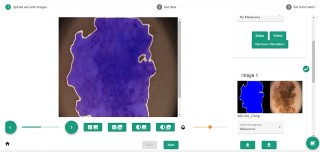
Fraunhofer researchers have developed the intuitive, web-based end-to-end pipeline MyDeepLearn. MyDeepLearn links the CNNs in the back end with the web application in the front end.
more info
A bronchoscope is used to apply LPS segmentally in the lungs. Using this provocation model, the researchers investigated the effect of a bradykinin-1 receptor antagonist.
more info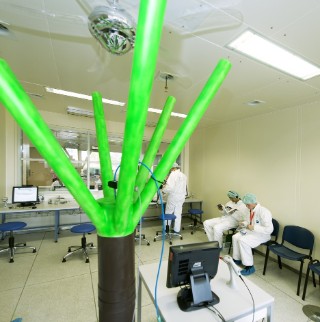
Researchers at Fraunhofer ITEM have significantly developed a model of allergen provocation using allergen solutions.
more infoFraunhofer vs. Corona: Medical research on SARS-CoV-2

Fraunhofer vs. Corona: as an institute with decades of experience in infection and airway research, drug development, biomedical engineering, and in the field of chemical risk assessment, Fraunhofer ITEM can make an important contribution to scientific progress in the fight against the new coronavirus.
more info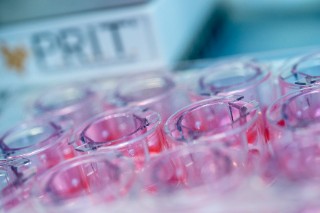
Fraunhofer researchers have been investigating a spray product for room conditioning in hairdressing salons.
more info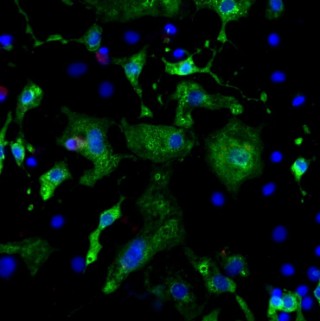
Researchers participating in the RNA Therapeutics platform by the Fraunhofer Cluster of Excellence Immune-Mediated Diseases CIMD are studying circRNAs in human cardiomyocytes from patients that have experienced a SARS-CoV-2 infection.
more info
The FingerKIt consortium develops personalized joint implants using AI-based 3D printing.
more info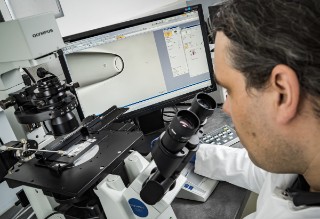
Disseminated tumor cells differ from the primary tumor. Therefore, knowing the mutation profile of a tumor is a valuable resource
more info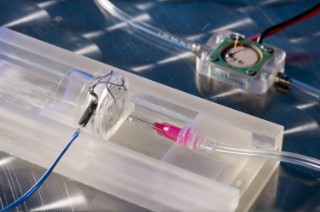
In the Fraunhofer 4D Haler project, several Fraunhofer Institutes are working on an intelligent inhaler that precisely controls administration efficiency and compensates for patient-related inadequacies.
more infoOpen-innovation test bed for high-risk medical devices

As part of the EU-project TB Med, Fraunhofer ITEM and 12 other project partners are actively participating in the development of a test bed for medical devices of risk classifications IIb and III.
more info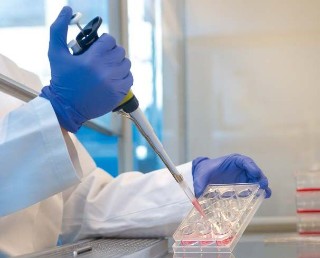
To enable better assessment of the safety also of future drugs, Fraunhofer ITEM researchers are developing innovative model systems for assessing immunomodulatory therapeutics.
more info
Biomedical researchers are exploring alternative ways of obtaining such immune cells of human origin. Prof. Lachmann and his team have developed a new method laying a foundation for producing them in consistent quality and on large scale.
more info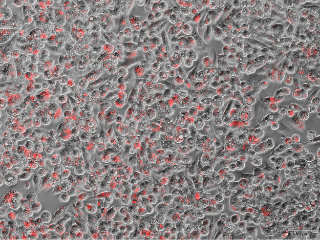
The Fraunhofer Attract program in the project “IMMUNITY – designer cells: novel immune cell platforms for health research” are developing novel manufacturing processes for different fully standardized immune cell products and cell-based immunotherapies.
more info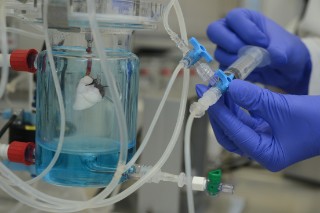
Fraunhofer ITEM researchers use the ex-vivo model of the isolated perfused rat lung (IPL). In this alternative model, they studied the transition of a fluorescence-labeled substance into the perfusate, which served as blood substitute in this model. Two different methods were used to generate aerosols with different droplet sizes.
more info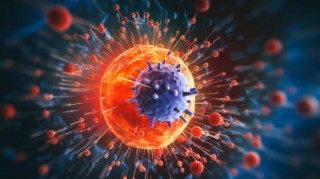
The web application Genealyzer abstracts away mathematical and programmatical details in order to enable a convenient and customizable analysis of microarray data for large-scale reproducibility studies.
more info